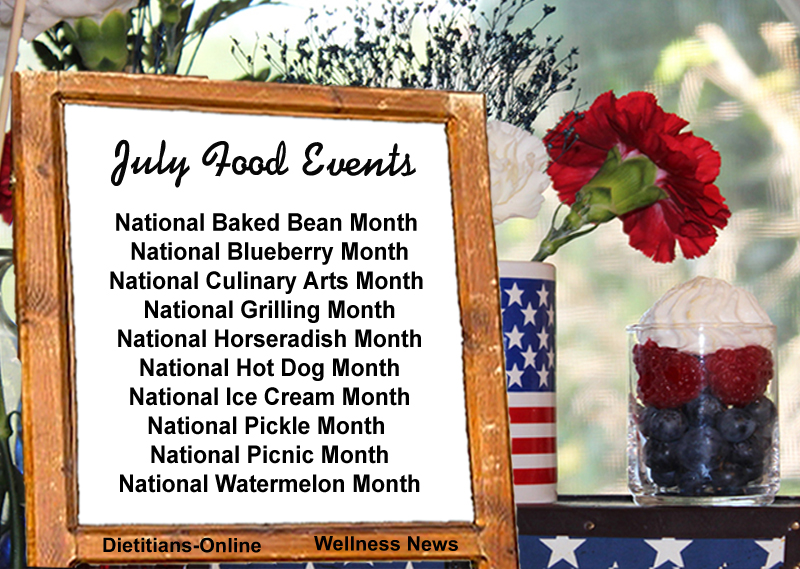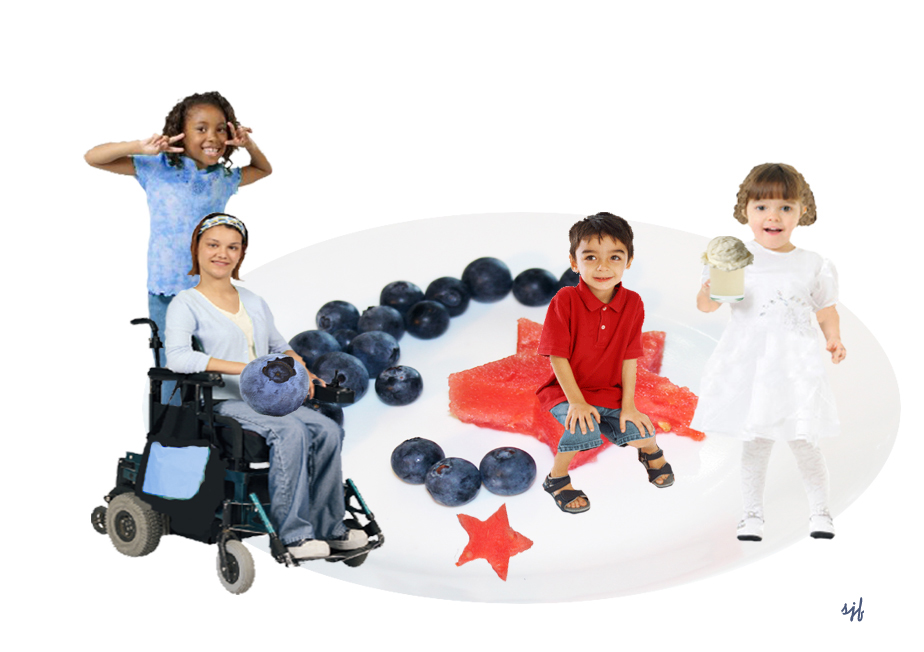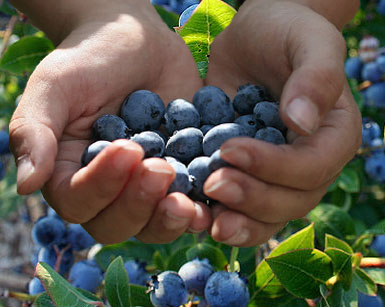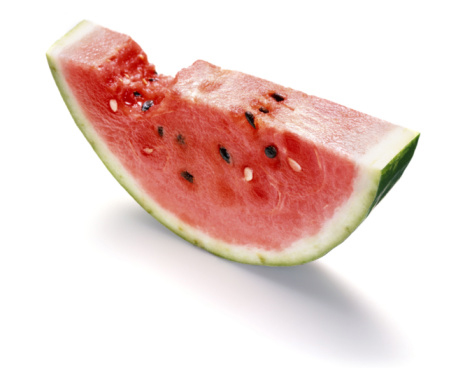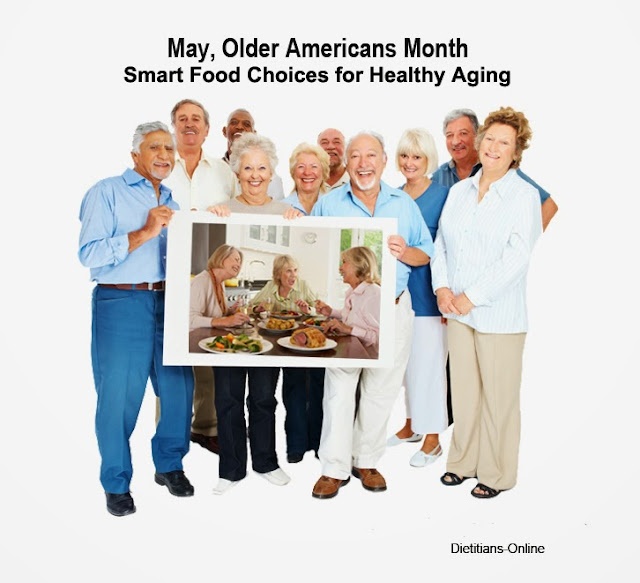Salsa is a sauce typical of Mexican cuisine. It is also known as salsa fresca, hot salsa, or salsa picante. Salsa is often tomato-based and includes ingredients such as onions, chilies, and herbs. It is typically spicy, ranging from mild to extremely hot. It is used as dips.
Spice Up Your Health with Salsa
1. A good source of Vitamin C. Salsa is traditionally made with Vitamin C rich foods such as tomatoes, onion, jalapenos, and lime juice. Vitamin C is important for collagen production, protecting against cell damage, boosting the immune system, fighting infections, and preventing gum disease.
2. Promotes a Healthy Heart. As a plant-based food, it's naturally low in cholesterol. Salsa is also an excellent source of potassium, which helps to reduce blood pressure and regulate fluid balance. To get the maximum nutritional benefit, it is best to eat fresh salsa instead of canned alternatives, which can be very high in sodium.
3. Contains Cancer-Fighting Properties. Most salsas are made with tomatoes and onions - two foods rich in anti-cancer fighting phytochemicals. Tomatoes are an excellent source of lycopene, an antioxidant linked to a decreased risk of prostate, urinary, intestinal and some stomach cancers. Onions are a good source of quercetin another, anti-inflammatory antioxidant. The combination of these ingredients makes salsa a powerful cancer-fighting food!
4. Low in Calories. Salsa is a waist watcher favorite topping. Not only is it low in calories, but it's sure to add flavor and spice to whatever you desire. Two tablespoons of salsa contain less than 15 calories and can be enjoyed liberally on anything from salad to eggs to chicken, and even beans. The possibilities are endless!
Different Ways to Enjoy Salsa
• Salsa can be made year-round with a variety of fresh fruits or vegetables.
• Turn your abundance of tomatoes into homemade salsa and use your own canning process.
• Add salsa to eggs or mix in a morning burrito.
• Transform avocado toast into a spiced up version by adding salsa
• Reduce calorie intake by replacing traditional salad dressing or creamy sauces with salsa.
• Spice up dinner by adding salsa to your favorite chicken or fish entrees.
• Add lemon, orange or pineapple juice to a fresh salsa recipe to keep f resh.
• To maximize the taste and flavor profile, cover and refrigerate for at least one hour before serving.
• Serve safely by not letting the salsa sit at room temperature for more than two hours. And, avoid adding fresh salsa to dip or salsa that has been sitting out.
• Fresh salsa is best if used within three to four days.
• Have fun with your salsa creations! There is no right or wrong way to make salsa, it’s all about mixing fresh ingredients, herbs, and spices and sharing with others
by Mary Claire Britton Cooking Light


